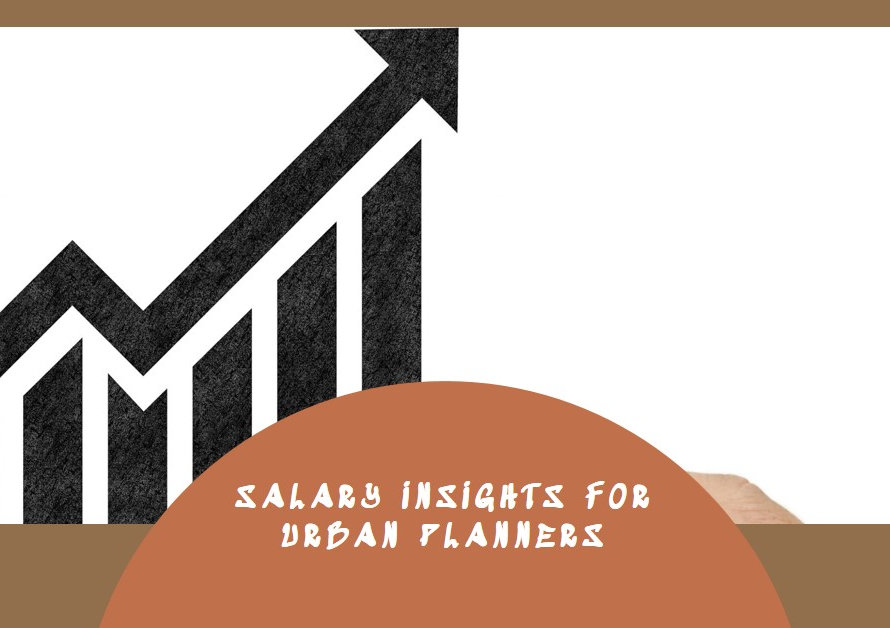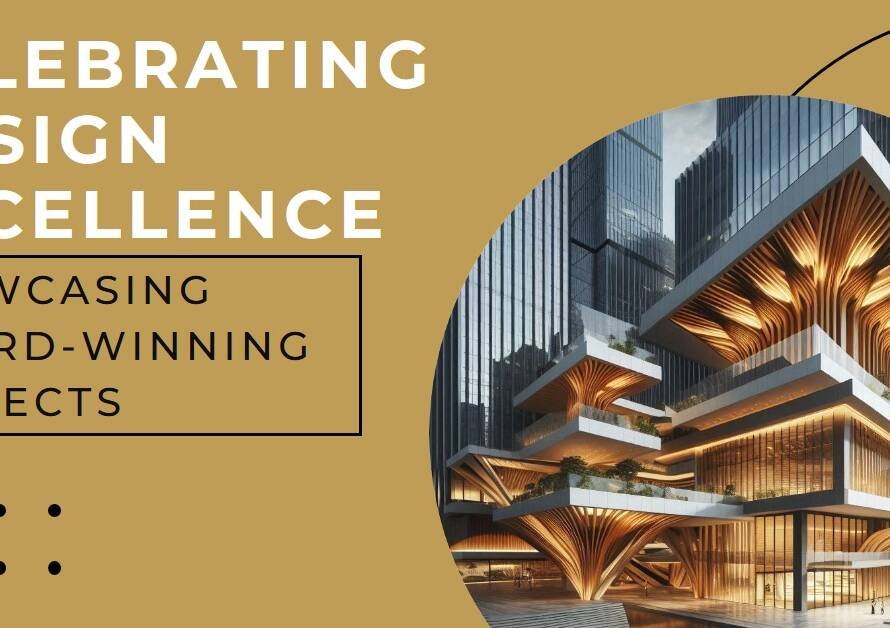
Table of Contents
- Introduction
- The Importance of Professional Attire in Interior Design
- Balancing Creativity and Professionalism
- Understanding Dress Codes: From Casual to Formal
- Practicality and Functionality in Attire
- Building a Versatile Wardrobe
- The Role of Accessories
- Grooming and Personal Hygiene
- Seasonal Considerations
- The Impact of Color Psychology
- Conclusion: Dressing for Success
Introduction
In the world of interior design, first impressions matter. The way an interior designer presents themselves not only reflects their personal brand but also instills confidence in clients. Dressing professionally can enhance credibility and convey a designer’s attention to detail, creativity, and professionalism. This blog post delves into the various facets of professional attire for interior designers, providing a comprehensive guide on how to dress to impress in this creative yet competitive industry.
The Importance of Professional Attire in Interior Design
Interior designers often find themselves in diverse environments, from construction sites to client meetings in high-end offices. Dressing appropriately for each situation is crucial. Professional attire not only conveys respect for the client but also reflects the designer’s commitment to their craft.
Moreover, the way a designer dresses can influence their interactions with clients and colleagues. A well-dressed designer exudes confidence and professionalism, which can be reassuring to clients and collaborators. This initial impression can set the tone for a successful project.
Balancing Creativity and Professionalism
Interior design is inherently a creative field. Thus, designers should balance professionalism with a touch of creativity in their attire. This can be achieved by incorporating stylish, yet professional, elements into their wardrobe. Think tailored pieces with unique patterns, or classic outfits enhanced with bold accessories.
For instance, a designer might choose a tailored blazer with a subtle, creative print or opt for a statement necklace to add a touch of personality. These choices can reflect a designer’s creative flair while maintaining a professional appearance.
Understanding Dress Codes: From Casual to Formal
Dress codes can vary significantly depending on the setting and client expectations. Understanding the nuances between casual, business casual, and formal attire is essential for interior designers.
In casual settings, such as working in a studio or visiting construction sites, comfort is key. However, even casual attire should be neat and presentable. Business casual is often appropriate for client meetings, striking a balance between comfort and professionalism. For more formal occasions, such as presentations or high-stakes client meetings, a full suit or a sophisticated dress may be required.
Practicality and Functionality in Attire
Interior designers often move between different environments in a single day, necessitating practical and functional clothing. Comfortable shoes are a must, as designers frequently spend time on their feet. Additionally, clothing should allow for ease of movement, whether climbing ladders on-site or arranging furniture in a client’s home.
For example, a pair of stylish yet comfortable loafers can be both practical and professional. Similarly, clothing with plenty of pockets can be useful for carrying essential tools and materials, blending practicality with professional style.
Building a Versatile Wardrobe
A versatile wardrobe is essential for any interior designer. Investing in quality, timeless pieces that can be mixed and matched will ensure that a designer is always prepared, regardless of the occasion. Key pieces might include a well-fitted blazer, a classic pair of trousers, versatile dresses, and a selection of professional shoes.
These foundational items can be enhanced with seasonal accessories and statement pieces, allowing for variety without compromising professionalism. A well-curated wardrobe not only saves time but also ensures that a designer can present themselves confidently in any situation.


The Role of Accessories
Accessories can play a significant role in an interior designer’s professional attire. They offer an opportunity to infuse personal style and creativity into an otherwise standard outfit. However, it’s essential to strike a balance to avoid appearing too casual or overdone.
For instance, a designer might choose a bold watch or a unique pair of glasses to express their personality. Scarves, belts, and jewelry can also add a touch of elegance and individuality. The key is to select accessories that complement the outfit and enhance the overall professional appearance.
Grooming and Personal Hygiene
Grooming and personal hygiene are fundamental aspects of professional attire. A polished appearance, from neatly styled hair to clean nails, conveys attention to detail and respect for the profession and clients. Regular grooming routines should be maintained to ensure a consistently professional appearance.
Additionally, subtle makeup and minimalistic, well-maintained hairstyles can enhance a designer’s professional look without overshadowing their attire. The goal is to present a clean, polished image that reinforces the designer’s professionalism.
Seasonal Considerations
Interior designers must also consider seasonal changes when planning their professional attire. Different seasons call for adjustments in fabrics, colors, and layers. For instance, lighter fabrics and brighter colors are suitable for summer, while heavier materials and darker hues work well in winter.
Layering is a practical strategy, especially in transitional seasons. A lightweight sweater or jacket can add warmth without compromising style. Adapting to seasonal changes ensures comfort and appropriateness, allowing designers to focus on their work without distraction.
The Impact of Color Psychology
Color psychology plays a significant role in interior design, and it can also influence professional attire. Understanding the impact of different colors can help designers make informed choices that align with their brand and the message they wish to convey.
For example, blue is often associated with trust and professionalism, making it a popular choice for business settings. Black conveys authority and sophistication, while softer colors like pastels can appear more approachable. Selecting colors that complement the designer’s personal brand and the impression they wish to create can enhance their professional presence.
Conclusion: Dressing for Success
In conclusion, professional attire is a vital aspect of an interior designer’s toolkit. It enhances credibility, reflects personal and professional standards, and can significantly impact interactions with clients and colleagues. By balancing creativity with professionalism, understanding dress codes, and considering practicality, designers can ensure they are always dressed for success.
Investing in a versatile wardrobe, paying attention to grooming, and being mindful of seasonal and color considerations will further enhance a designer’s professional image. Ultimately, the way interior designers dress can be a powerful tool in building a successful and respected career in the industry.



